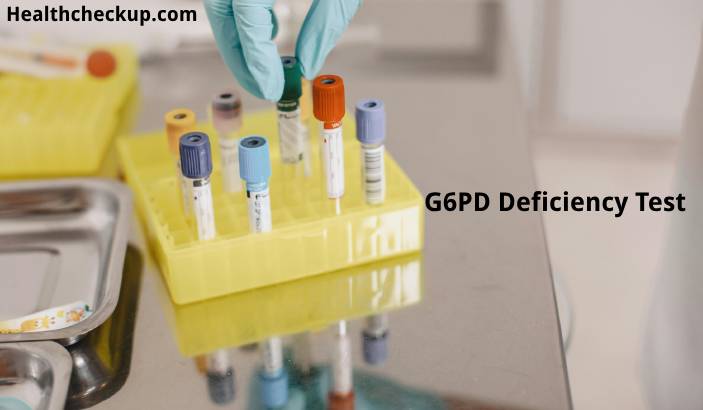Glucose-6-Phosphate Dehydrogenase (G6PD) deficiency is one of the most common enzyme deficiencies in the world, affecting millions of people. The G6PD blood test is used to assess the presence and severity of this deficiency.
Purpose of the G6PD Deficiency Test
- Diagnosis of Deficiency: The primary purpose of the G6PD test is to diagnose G6PD deficiency, which can lead to episodes of hemolytic anemia especially after exposure to certain medications, foods, or infections.
- Preventive Screening: It is also used as a preventive measure to screen individuals before they are prescribed certain drugs that could trigger hemolysis in G6PD-deficient individuals.
- Family Screening: Given its genetic nature, the test can be used to screen family members of a diagnosed individual.
Preparation for the Test
- Medical History: Patients should inform their healthcare provider about any recent illnesses or medical treatments as these can affect the G6PD lab test results.
- Medication Disclosure: It’s crucial to disclose any medications currently being taken, as some drugs might influence the G6PD levels.
- No Fasting Required: Typically, no fasting or special preparations are needed before the test, unless otherwise specified by the doctor.
Procedure of the G6PD Test
- Blood Sample Collection: The procedure involves drawing a small amount of blood from a vein, usually on the inside of the elbow or the back of the hand.
- Labeling and Handling: The blood sample is then properly labeled and sent to the laboratory for analysis.
- Laboratory Analysis: In the lab, the sample undergoes a series of chemical reactions to measure the activity level of the G6PD enzyme.
Normal Range
- Varies Widely: The normal range for G6PD activity can vary widely depending on the lab and the method used for testing.
- Adjusted for Age and Sex: Normal values are usually adjusted according to age and sex, as enzyme activity can differ between males and females and across different age groups.
Results Interpretation
- Normal Result: A normal result indicates sufficient G6PD enzyme activity, suggesting that the individual is not deficient.
- Low G6PD Activity: Lower than normal levels indicate G6PD deficiency, which may require changes in medication or lifestyle to avoid triggers of hemolysis.
- Very Low Activity: Extremely low levels might suggest a severe deficiency, often requiring more significant medical interventions and careful management of diet and medications.
The G6PD test is a vital diagnostic tool for detecting G6PD deficiency, which is crucial for preventing potentially severe hemolytic episodes. The test is straightforward, requiring only a simple blood draw with minimal risks involved.
I specialize in writing about health, medical conditions, and healthcare, drawing extensively from scientific research. Over the course of my career, I have published widely on topics related to health, medicine, and education. My work has appeared in leading blogs and editorial columns.









